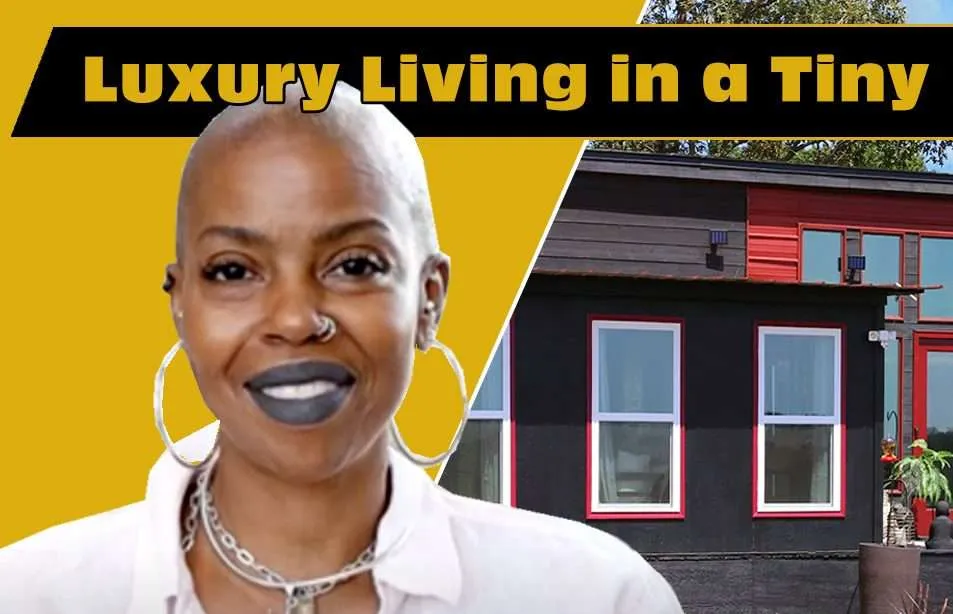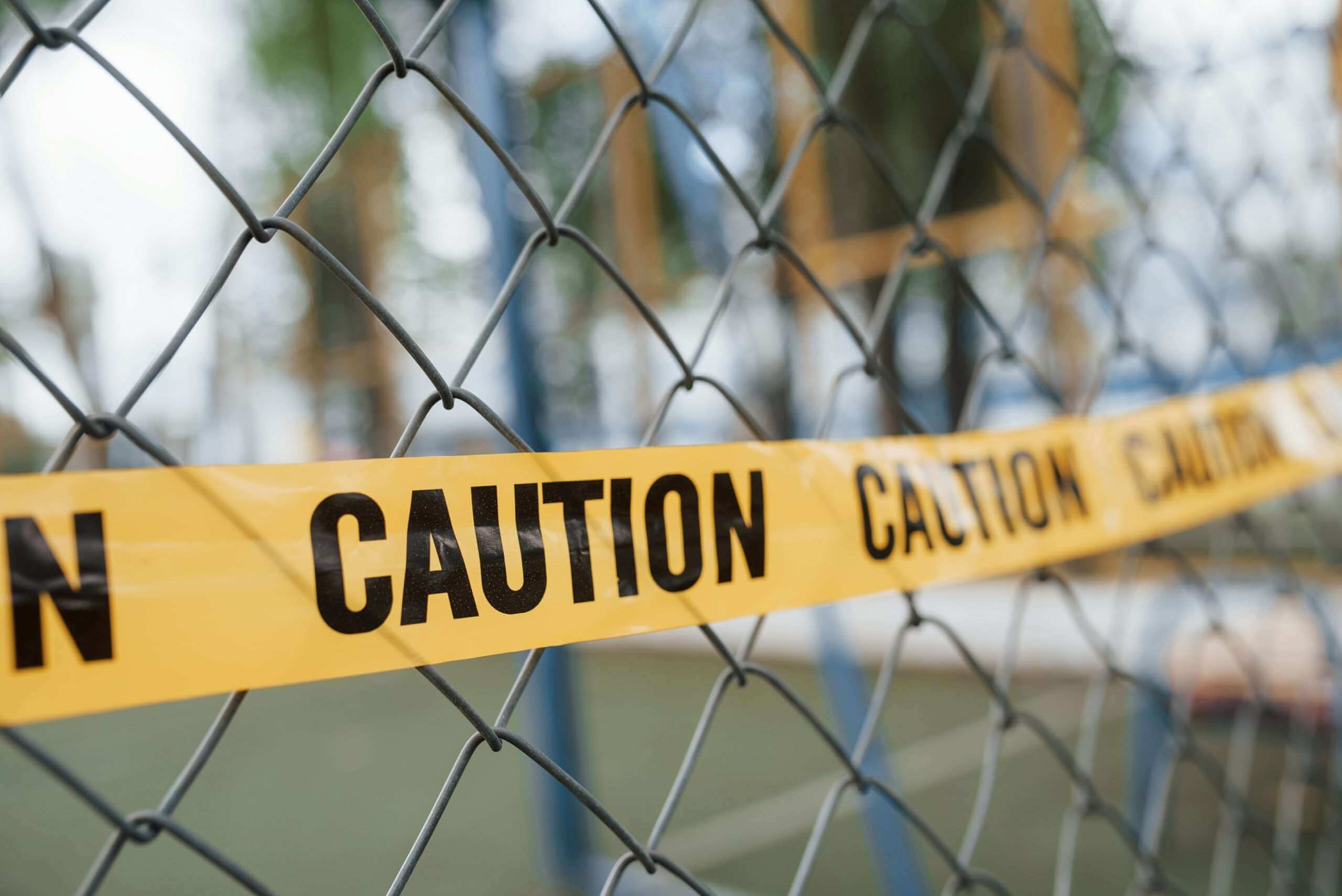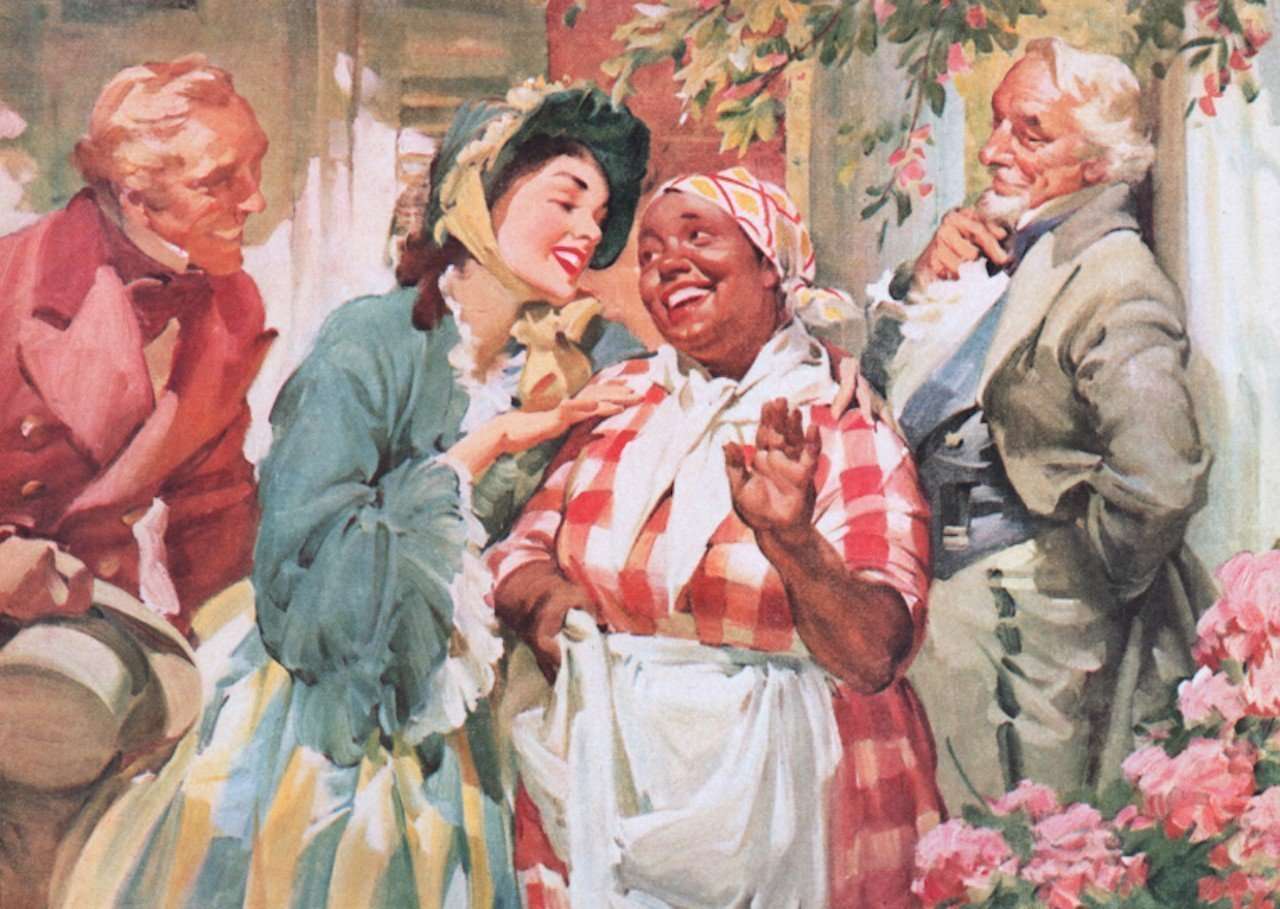Community
Michelle Jones: The Incredible Story of Rehabilitation

In August 2017, Michelle Jones was released from an Indiana prison after 20 years of incarceration. She was convicted of the murder of her 4 year old son. The day after she gained her freedom, she was walking into New York University to pursue American Studies as a Ph.D student.
Her incredible story touches on how she became a published scholar of American history as she served her time.
Michelle Jones’ Accomplishments
Michelle had presented her works several times behind bar through the help of the internet by video conferencing. Her publications had gotten the attention of several historians and the Indiana General Assembly.
All her research was done without the aid of the internet but with the prison library that was rich in romance novels and lacking is relevant materials for her field of interest. Michelle Jones formed a team of inmates which she led. They assisted her in going through documents sourced from the Indiana State Archives. What they found was used to produce the best research project in 2016 for the Indiana Historical Society.
Research was not the only thing that she lent her focus to. Prisoner No. 970554 also composed many dance pieces and historical plays. One of her plays opened at the Phoenix Theatre in Indianapolis in December 2017. In 2019, as a doctoral student, she presented a project in different kinds of media in an attempt to change the way society views formerly incarcerated people.
The exhibition was titled “Point of Triangulation” and displayed in the Gallatin Galleries.
After 20 years in prison for murder, she was ready to start a PhD at @Harvard. Then the administration found out. https://t.co/A6RWbtiSTN
— The Marshall Project (@MarshallProj) September 13, 2017
Its theme was the humanization of ex-convicts and dismantling stereotypes and stigma which they are subjected to.
N.Y.U was just one of the many institutions that offered her a spot in their doctoral programs. She was also one of Harvard’s selected 18 out of over 300 applications for their history program. However, in an unusual act, the top-tier people at Harvard University overruled the department’s decision to accept her because they felt she had downplayed her criminal record.
Though the highest officials at Harvard usually rubber-stamp decisions concerning admission that departments make, this case was different. Harvard’s leadership consisting of the president, provosts and graduate school deans took an active part in this admission and reversed it. This resolution was due to their fears that her background could trigger a backlash, particularly among parents of students and rejected applicants.
One of Harvard’s historians – Elizabeth Hinton stood by Michelle Jones. She stated that Ms. Jones was one of America’s strongest candidates that year. Hinton also posited the question of how much we really believe that humans can be redeemed.
When an interview with the then admissions dean of their Graduate School of Arts and Sciences was requested, it was promptly declined. This was on the grounds that they were not permitted to comment on applicants. A university spokeswoman however gave a general statement that they strive for inclusivity and are open to students of all backgrounds.
Michelle’s Jones’ Crime
Michelle Jones got pregnant at 14 years as a result of what she termed non-consensual intercourse with a senior at her high school. Her mother’s reaction was to beat her with a board as stated by a prosecutor who worked with her on the case.
She was moved around in several group and foster homes. In her Harvard application, she added a personal statement where she mentioned that after her experience of several years dealing with domestic violence and abandonment, she had treated her son, Brandon Sims, in a similar way.
Brandon Sims died in 1992 and until today, the circumstances surrounding his death have remained unclear. His body was never discovered. In 1994, while she was admitted in a center that catered to mental health crisis, Michelle confessed that she had buried him without reporting to the police or letting his father know.
During her trial, one of her former friends testified that Ms. Jones told her about how she used to beat Brandon and leave him alone for days in their apartment. One day, she returned to find him in his bedroom, dead.
Michelle was given a 50 year sentence but was released after 20 years on account of good behavior and educational attainment.
Michelle’s Rehabilitation
In her personal statement to Harvard, Michelle discussed her son. She said that she had made a commitment to herself and son. Michelle promised that with her time left on earth, she would use it for service and to add value to the lives of others.
Yet, a lot of people are not satisfied with her apparent rehabilitation.
Michelle Jones murdered her frail child. That is how some see it. Black and white. Where is the spirit of forgiveness that many people claim they want to imbibe? She has served her time and is supposed to be integrated back into society fully. Her effort to turn her life around and make something of herself should be commended instead of condemned.
America is plagued by a prison system that leaves much to be desired and it is particularly unfair to people with poor mental health. Studies consistently show that bad childhood experiences such as the one Ms. Jones had have long-lasting and deep impact on the psyche.

We also need to understand that she is not the person she was 20 years ago. Admittedly, what she did was horrible. We also need to consider the circumstances.
She was a teenager, growing up in a broken system. Holding on to this act has no positive bearing on the woman we see today. This applies to not just Michelle Jones but several other ex-convicts who have worked on themselves to be better suited for society.
Jones is a woman with dark moments in her past that has found the light. She has first hand experience of the American incarceration system and a willingness to make a difference. Even if she doesn’t succeed, she can join the list of intelligent, Black women who have tried.








